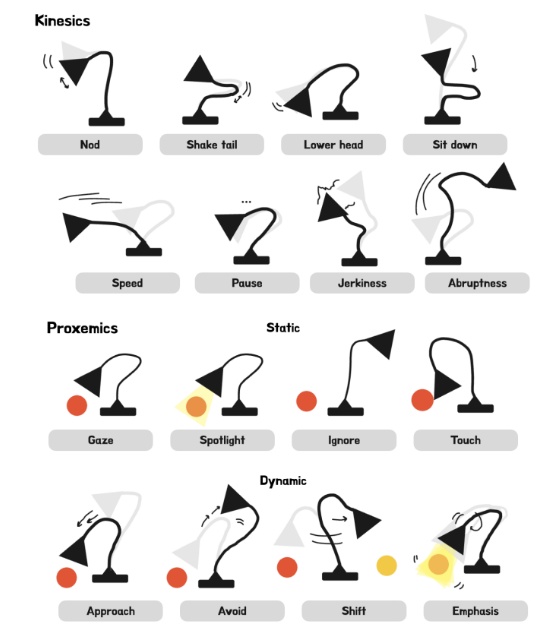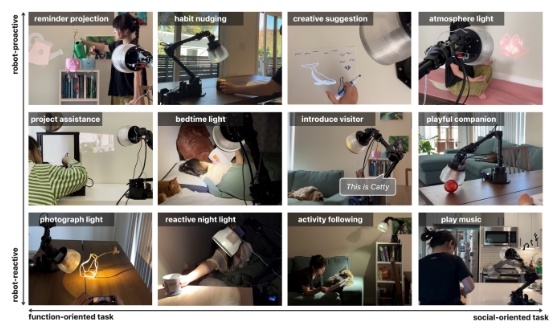Apple recently revealed in its official research that it is developing a new framework called ELEGNT, aiming to give non-humanoid robots more natural and expressive actions. This technological breakthrough is expected to bring revolutionary progress to the field of home robots, allowing it to not only complete tasks efficiently in the future, but also create more emotional and interactive connections with humans.
In this study, Apple's team used a robot similar to the image of the middle desk lamp in Pixar's classic animation "Luxo Jr.", equipped with a 6-axis robotic arm and a head that can emit light and project. Through the ELEGNT framework, researchers have successfully enabled the robot to not only complete functional tasks, but also convey intentions, emotions and attitudes through a series of expressive actions.

The results of the study show that emotionally rich movements significantly enhance users' sense of engagement with the robot, especially when performing social tasks such as playing music or conducting conversations. Through subtle changes in movements and expressions, the robot can establish an emotional bond with the user without direct communication. The researchers pointed out that although young users show great interest in these expressive actions, the elderly have relatively low acceptance, which also suggests that robots may need to be customized to meet the needs of different users in the future.

In addition, the Apple team's visual guide also shows the rich vocabulary of action that the robot can perform, including basic gestures and spatial behaviors. These functions not only allow the robot to be competent for daily tasks such as providing reading lights, but also provide creative suggestions to users and even playfully accompanying them to show a more humane side.
Apple's research emphasizes that robot design is undergoing a fundamental change. In the future, developing robots is not just for completing tasks, but more about how to enable robots to naturally integrate into human daily life. Researchers believe that this process will require close cooperation between animators and behavioral psychologists to ensure that while robots are practical, they can also show emotional and social abilities, further shortening the gap between humans and robots.
The study will be officially published at the Design Interaction Systems Conference on Madeira in July 2025, which will undoubtedly become an important milestone in the design and development of home robots.